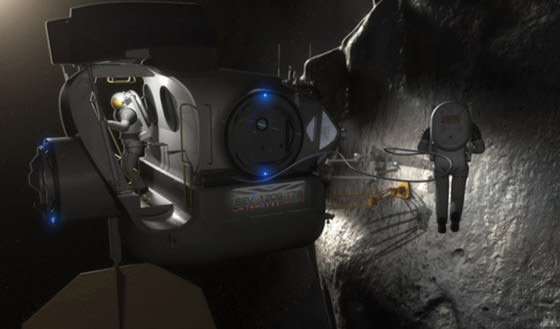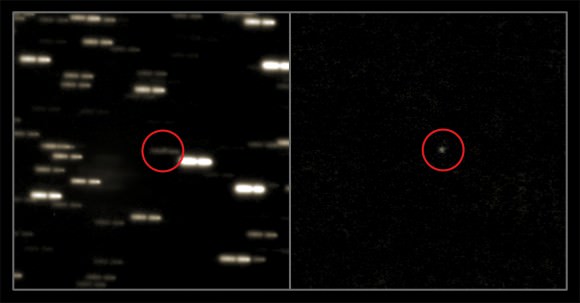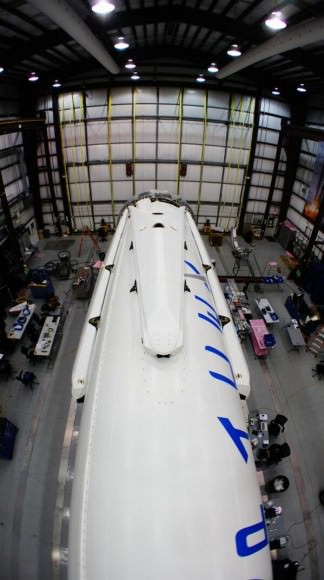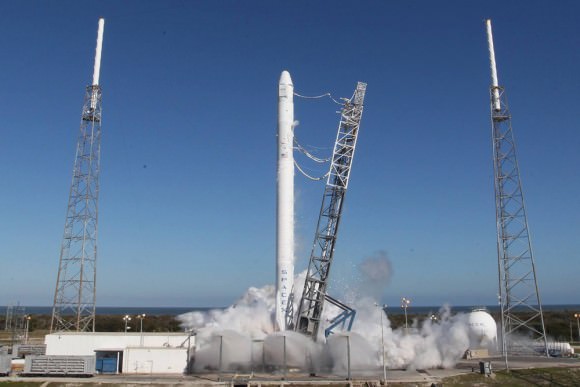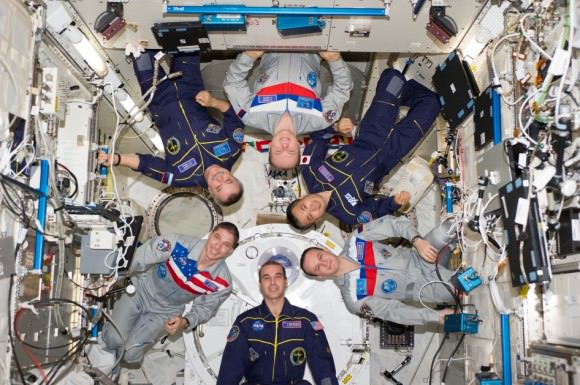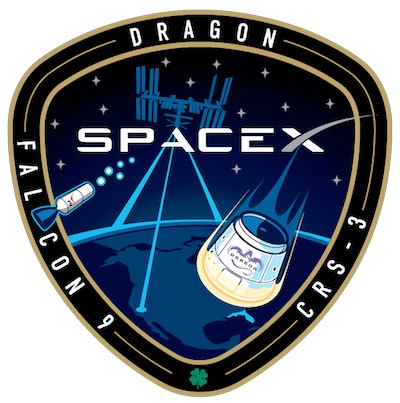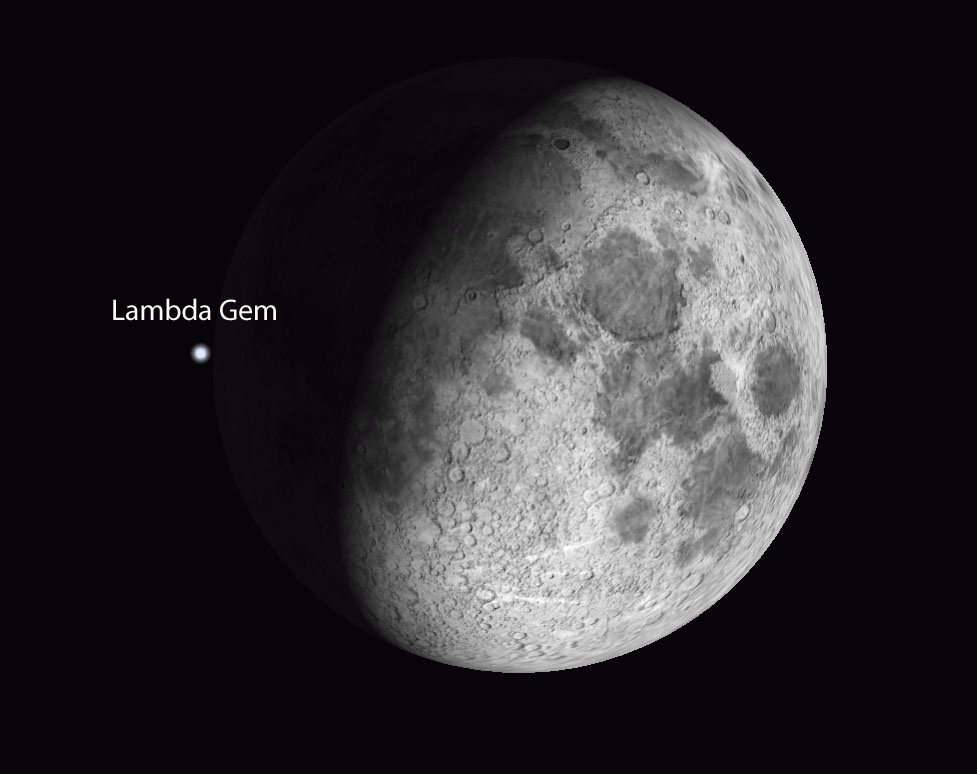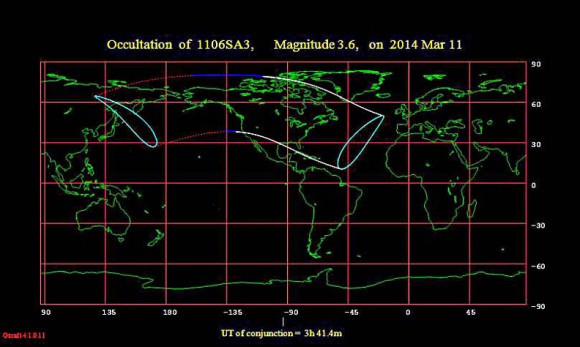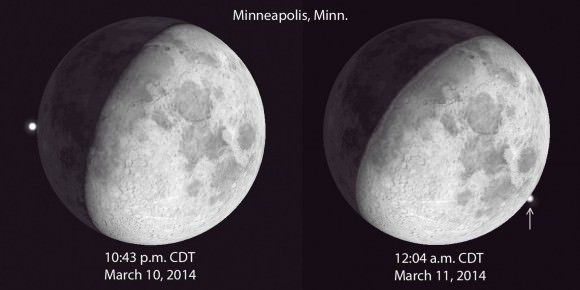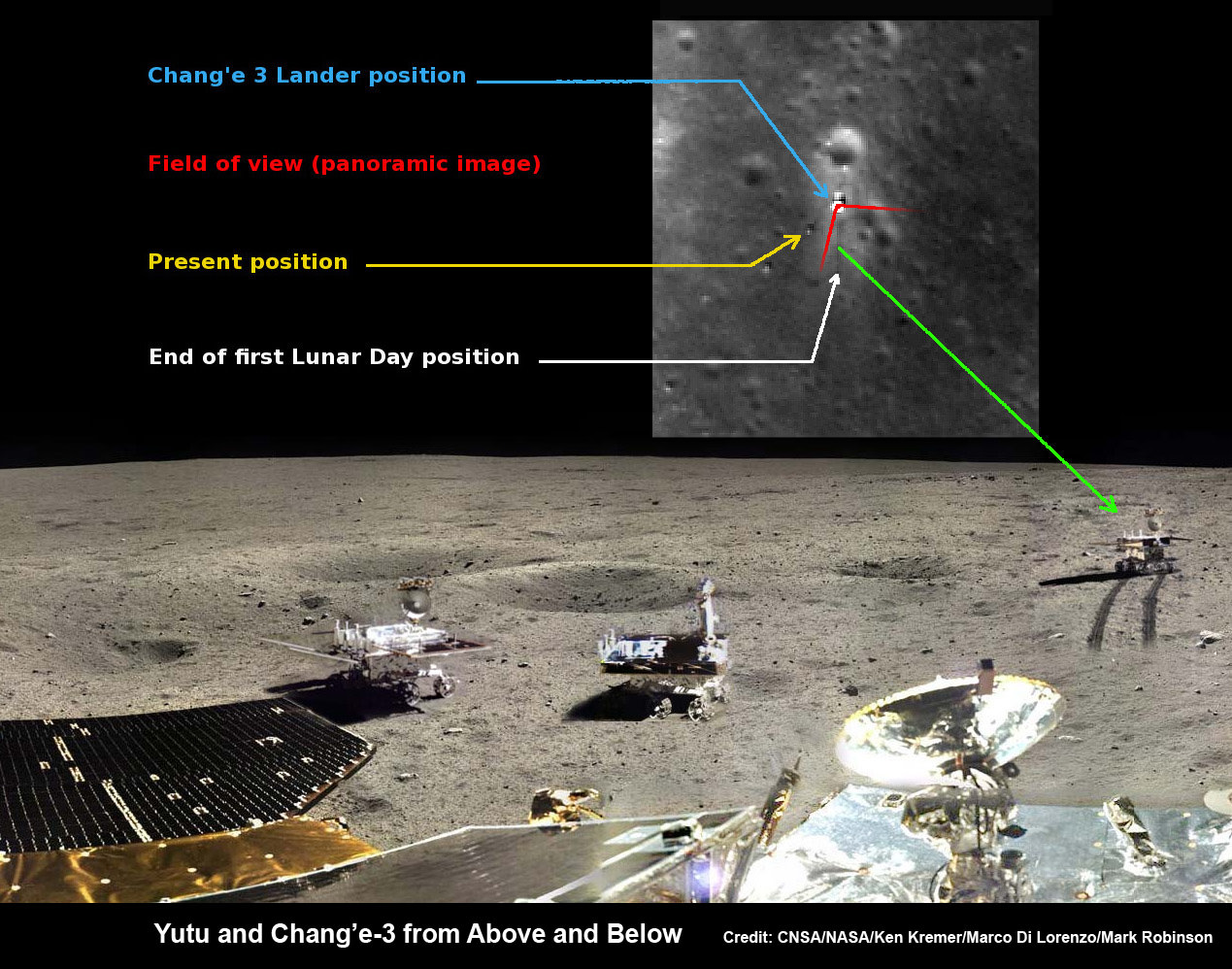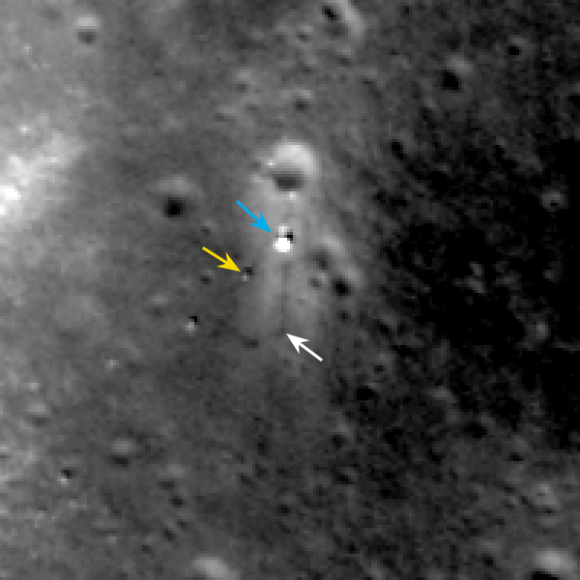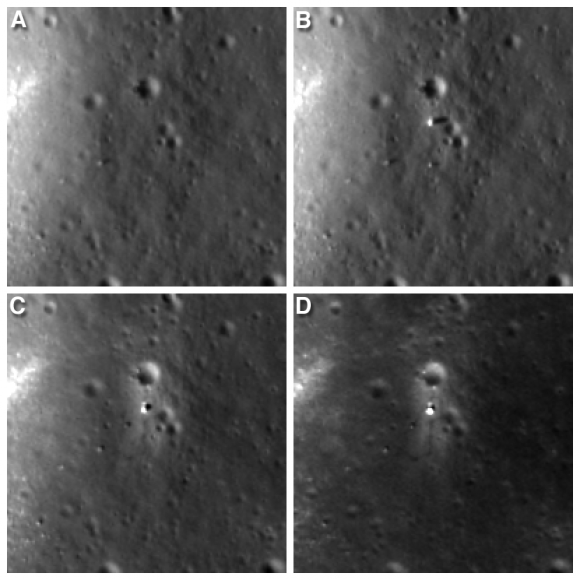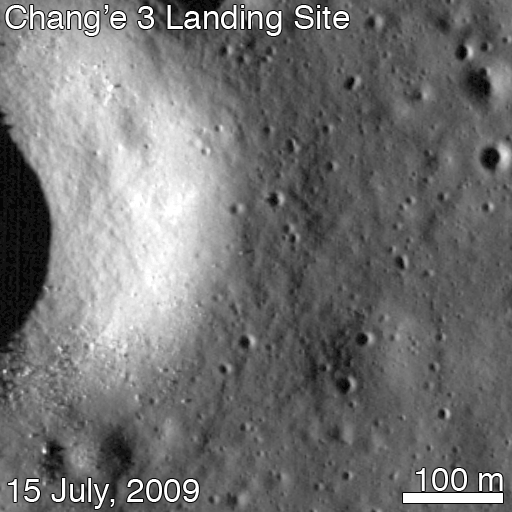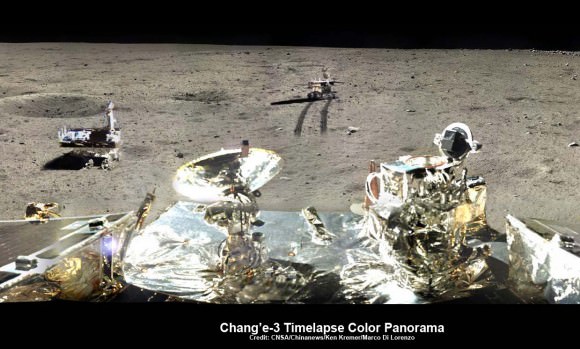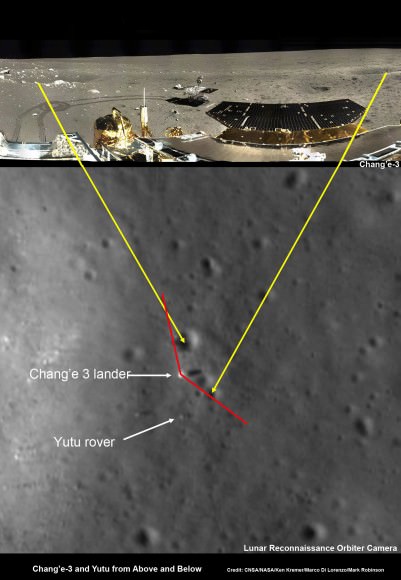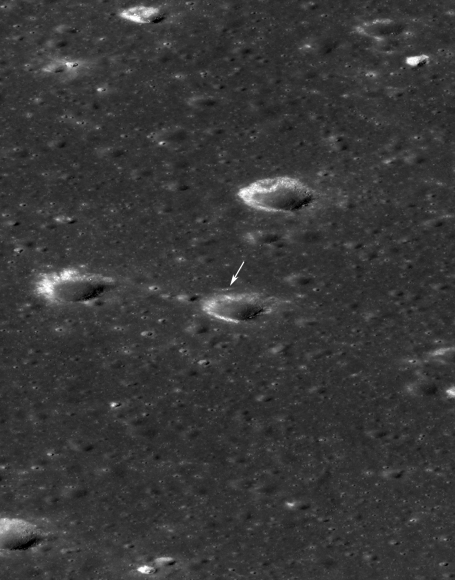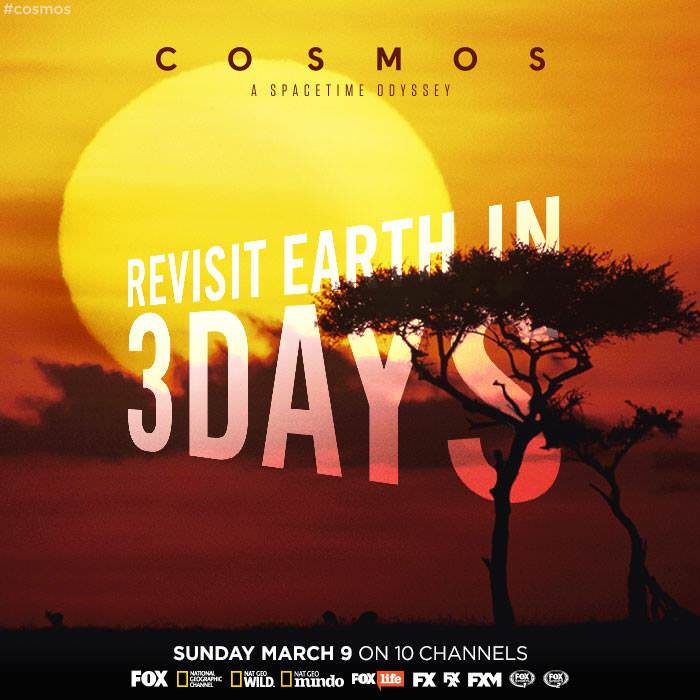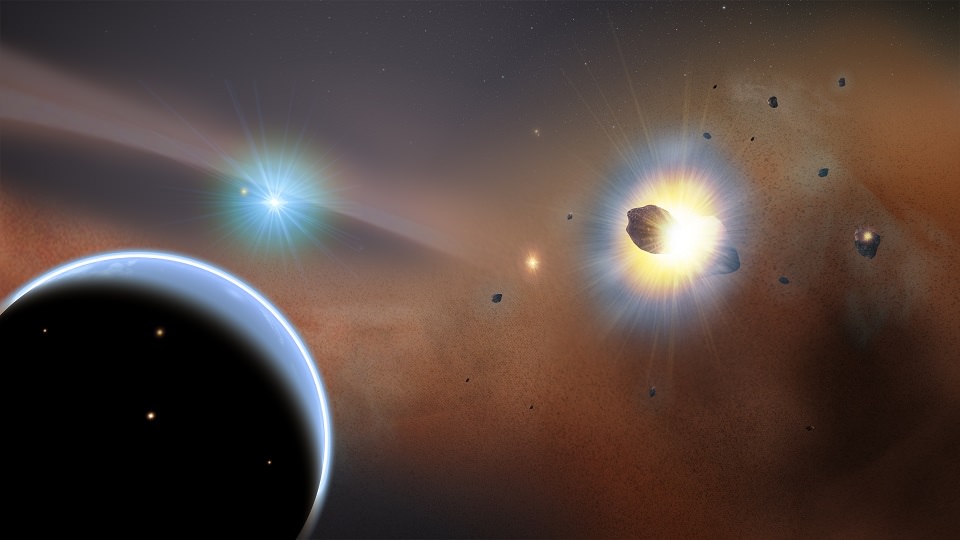Trying to keep a low profile, to prevent the aliens from invading? Bad news. Life has actually been broadcasting our existence to the Universe for hundreds of millions of years.
Have you heard these crazy plans to send signals out into deep space? What if evil aliens receive them, come steal our water, enslave, eat, and use us as guinea pigs for their exotic probulators. How we could stop these madmen from announcing our presence to the galaxy? A petition on whitehouse.gov? An all caps Facebook group? An all pusheen protest? Somebody call Reddit, they’ll know what to do.
If this is a worry for you and your friends, I’ve got bad news, or possibly good news depending on which side you come down on. We’ve already been broadcasting our existence for hundreds of millions of years. If aliens wanted to know we were here, all they needed to do was look through their telescopes.
We’re in a golden age of extrasolar planet discovery, recently crossing the thousand-planets-mark thanks to Kepler and other space telescopes. With all these amazing planetary candidates, our next challenge will be to study the atmospheres of these planets, searching for evidence of life. There are chemicals which are naturally occurring, like water and carbon dioxide, and there are substances that can only be present if some source is replenishing them. Methane, for example, would only last only few hundred years in the atmosphere if it wasn’t for farting cows and colonies of bacteria eating dead things.
If we see methane or oxygen in the atmosphere of an extrasolar planet, we’ll have a good idea there’s life there. And if we see the byproducts of an industrial civilization, like air pollution, we can pinpoint exactly where they are in their technical development. It will work for us, and that means it would work for aliens.
For the first few billion years, oxygen was toxic. But then cyanobacteria evolved photosynthesis and figured out how to work with oxygen more than 2.4 billion years ago. This is known as the Great Oxidation Event.
For the first billion years, all this biologically generated oxygen was absorbed by the oceans and the rocks. Once those oxygen sinks filled up, oxygen began accumulating in the atmosphere. By 500 million years ago, there was enough oxygen in the atmosphere to support the kind of breathing we do today. And this much oxygen would have been obvious to the aliens. They would have known that life had evolved here on Earth, and they could have sent out their berserker spaceships to steal our water and made us watch while they ate all our small rodents.
If the aliens waited, we would have given them more signs. The Industrial Revolution began in the mid 1700’s. And this time, it was humans that filled the atmosphere with the pollution of our industrial processes. Again, aliens watching the planet with their space telescopes would know the moment we became a technological civilization.
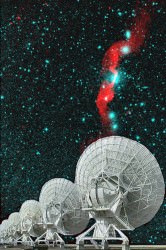
In the 20th century, we harnessed the power of radio transmissions, and began sending our messages out into space. For about a hundred years now, our transmissions have been expanding into a bubble of space. And so, any aliens listening within this expanding sphere of space might have a chance of hearing us. They know we’re here, and they know some of us really like Ke$ha.
And finally, for the last few decades, a few groups have tried broadcasting messages using our powerful radio telescopes directly at other stars. These messages haven’t gotten very far, but I honestly wouldn’t worry. Life itself gave away our position hundreds of millions of years ago. And life will help us find other civilizations, if they’re out there.
What do you think? Should we turn out the lights and pretend like we’re not home or keep on actively broadcasting our presence to the Universe? Tell us what you think we should do in the comments below.


